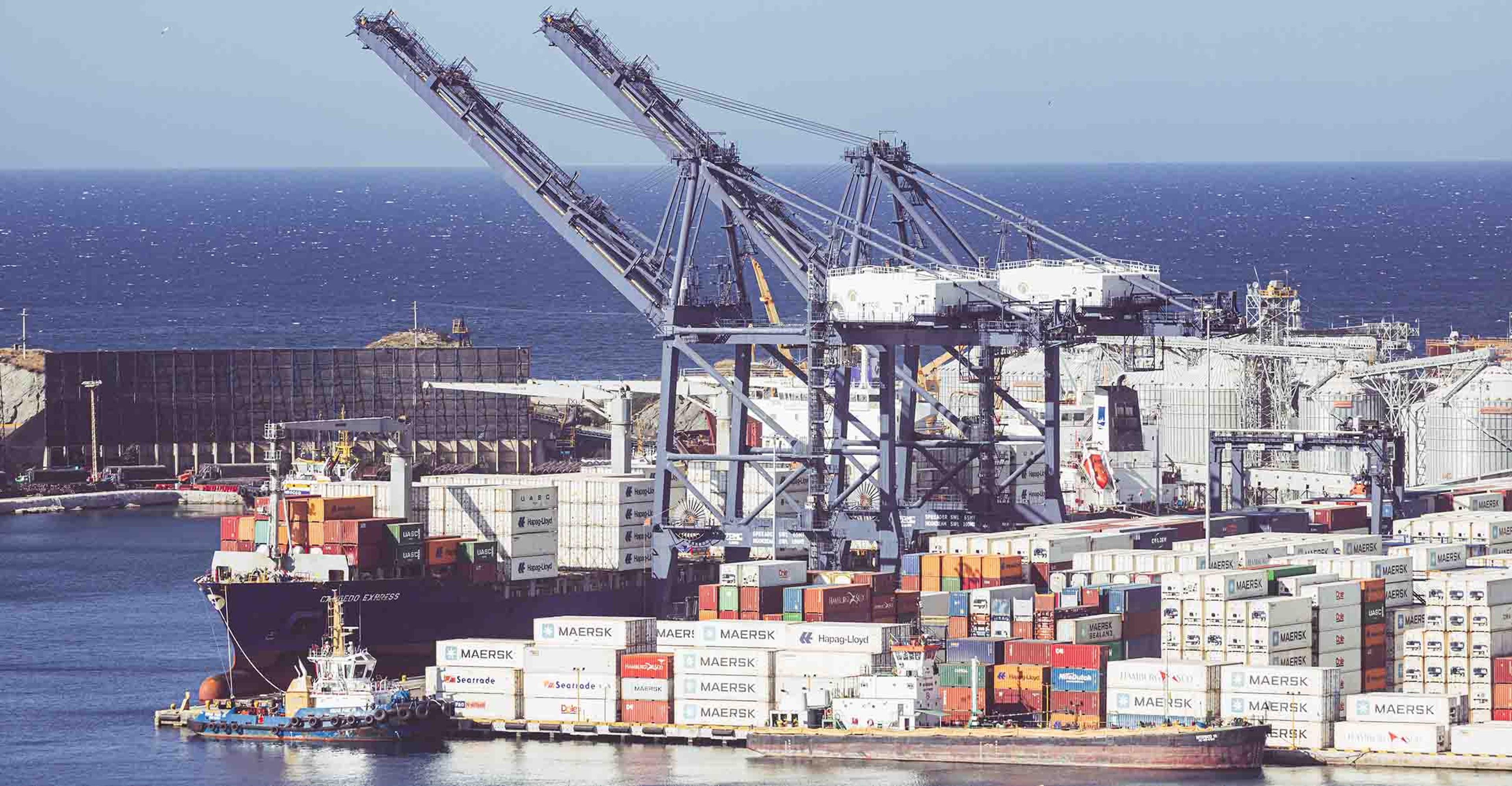IN THE NEWS: Red Sea supply chain inflation may be peaking already, new trade data suggests

CNBC
January 31, 2024
Lori Ann LaRocco
FROM THE ARTICLE: The sharp, sudden spike in supply chain inflation caused by the Red Sea crisis and ongoing attacks on shipping vessels by Houthi rebels may have peaked on key global trade routes, based on analysis of the latest data from Xeneta, a leading ocean and and air freight benchmarking platform. It tells CNBC that rates on ocean routes from Asia to Europe and the Mediterranean are beginning to decline, but for U.S.-bound trade, prices are still climbing.
Average February short-term rates for forty-foot containers compared to the last round of general rate increases, implemented on January 16, show a slight decline.
Forty-foot containers originating from the Far East to the Mediterranean per 40-foot container are set to be $5,950 under February’s GRIs. On January 16, rates were at the recent peak of $6,050. On the trade route from the Far East to North Europe, rates for 40-foot containers are set to be $4,820 at the start of February, slightly below the peak of $4,850 on January 16.
Paul Brashier, vice president of drayage & intermodal at ITS Logistics, said he is concerned about the ripple effects the Red Sea diversions will have on West Coast ports after Lunar New Year, when many shippers are looking to shift back to the West Coast to avoid the lengthy Cape of Good Hope transit. “At the end of the day, the consumer will suffer the most as significant increases in ocean container rates are passed onto the consumer,” he said.
Read the full article.



